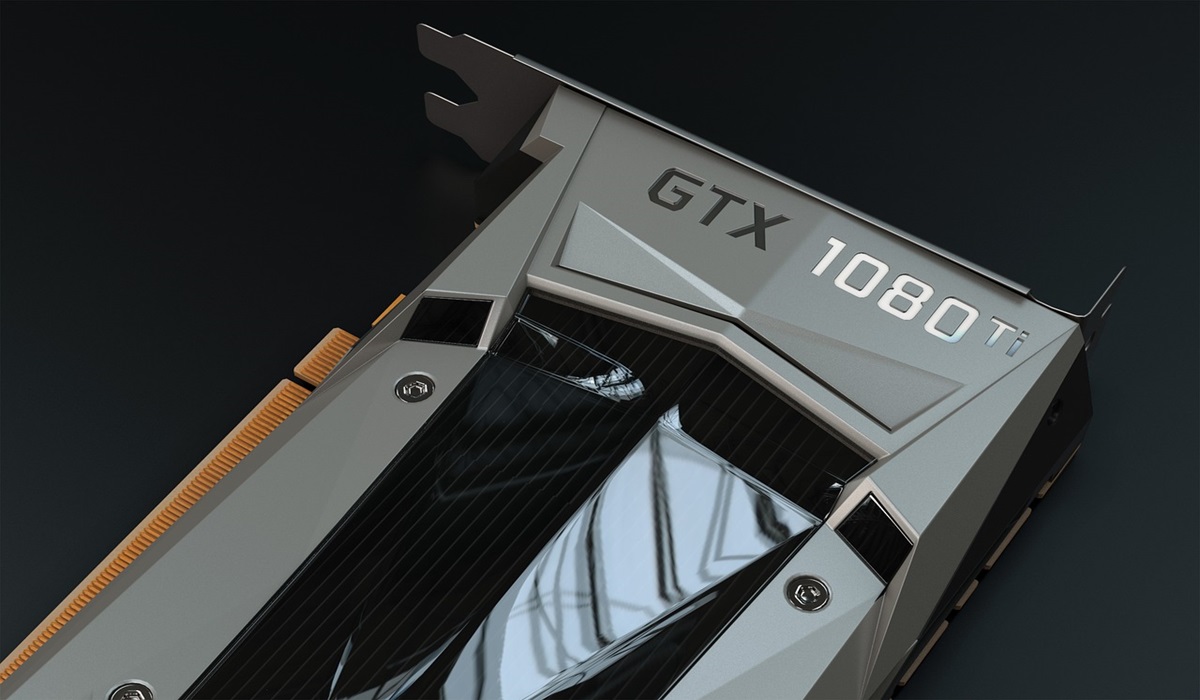How DeepSeek Flash MLA is Reshaping AI Hardware and Challenging Nvidia’s Dominance
- Kingston Bailey
- D.O.C Supplements - Trending News
- Technology
- February 28, 2025

Image Credit,
In the ever-evolving landscape of artificial intelligence (AI) and machine learning, hardware plays a pivotal role in determining the speed, efficiency, and scalability of computational tasks. For years, Nvidia has reigned supreme as the undisputed king of AI hardware, with its GPUs powering everything from small-scale research projects to massive data centers operated by tech giants like Google, Meta, and Microsoft. However, a new player has emerged on the scene—DeepSeek—and its groundbreaking Flash MLA (Memory-Latency Aware) technology is shaking up the industry in ways no one could have predicted.
DeepSeek, a relatively young company founded by a team of AI researchers and engineers, introduced its Flash MLA framework as a solution to one of the most persistent challenges in AI computing: memory latency. Traditional AI workloads often suffer from bottlenecks caused by slow data retrieval from memory, which can significantly hinder performance even when using state-of-the-art GPUs or TPUs. Flash MLA addresses this issue head-on by optimizing memory access patterns at the software level. Instead of relying solely on faster hardware to overcome these limitations, DeepSeek’s technology intelligently schedules computations to minimize idle time caused by waiting for data. This results in dramatic improvements in throughput and efficiency without requiring any upgrades to existing hardware.
The implications are staggering. Companies that have invested billions in premium Nvidia chips now find themselves able to achieve near-peak performance from older, less expensive hardware thanks to DeepSeek’s optimization techniques. In essence, Flash MLA allows organizations to “squeeze every drop” of potential out of their current infrastructure, reducing the need for costly hardware refresh cycles. Nvidia has long thrived on selling high-end GPUs like the A100 and H100, which command premium prices due to their unparalleled performance in AI training and inference tasks. These chips are marketed as indispensable tools for cutting-edge AI development, with many companies willing to pay top dollar to stay ahead of the competition.
However, DeepSeek’s Flash MLA has disrupted this narrative. By enabling older generations of GPUs—even those considered obsolete by today’s standards—to perform at levels comparable to newer models, DeepSeek has effectively neutralized much of the incentive to upgrade. Why spend millions on the latest Nvidia hardware when you can achieve similar results with your existing setup? This disruption has sent earthquake through the semiconductor industry. Nvidia’s stock price has taken hits as investors grapple with the realization that the company’s revenue streams may be under threat. Meanwhile, smaller players in the AI hardware space are scrambling to adopt similar optimization strategies to remain competitive.
As news of DeepSeek’s success spread, the company quickly became the darling of Silicon Valley. Venture capitalists flocked to invest, recognizing the transformative potential of Flash MLA. Within just two years of its founding, DeepSeek achieved a valuation of over $3 trillion—a figure that places it among the most valuable companies in history. What sets DeepSeek apart is not just its technological prowess but also its business model. Unlike traditional hardware manufacturers that rely on selling physical products, DeepSeek operates primarily as a software provider. Its Flash MLA framework is licensed to enterprises, offering them a cost-effective alternative to constant hardware upgrades. This subscription-based approach has proven wildly popular, generating recurring revenue streams that far exceed what traditional chipmakers can achieve.
Moreover, DeepSeek’s ability to maximize performance from older chips aligns perfectly with growing concerns about sustainability and e-waste. By extending the lifespan of existing hardware, the company is helping reduce the environmental impact of the tech industry—an angle that resonates strongly with both consumers and regulators. At the heart of DeepSeek’s success lies its proprietary algorithms, which leverage advanced machine learning techniques to analyze and optimize memory access patterns in real-time. Flash MLA dynamically adjusts computation schedules based on the availability of data in memory, minimizing idle periods where processors would otherwise sit idle waiting for data to arrive. Using predictive analytics, Flash MLA anticipates which data will be needed next and preloads it into faster memory tiers, ensuring seamless execution of AI workloads.
Unlike other solutions tailored to specific architectures, Flash MLA works across a wide range of hardware platforms, making it compatible with everything from aging CPUs to modern GPUs. Whether deployed on a single server or a massive distributed system, Flash MLA scales effortlessly, delivering consistent performance gains regardless of the underlying infrastructure. By focusing on software-level optimizations rather than hardware replacements, DeepSeek has democratized access to high-performance AI computing. Small startups and academic institutions, once priced out of the market by expensive hardware, can now compete on equal footing with tech behemoths.
DeepSeek’s rise marks a turning point in the evolution of AI hardware. As more companies adopt Flash MLA, the pressure on traditional chipmakers like Nvidia will only intensify. To survive, these firms may need to pivot toward offering integrated solutions that combine hardware and software optimizations. Meanwhile, DeepSeek shows no signs of slowing down. With plans to expand its portfolio to include specialized accelerators and edge computing solutions, the company is poised to dominate the next wave of AI innovation. For the broader tech ecosystem, the lesson is clear: true progress doesn’t always come from building bigger, faster, or more expensive machines. Sometimes, the key to unlocking untapped potential lies in rethinking how we use what we already have. And in doing so, DeepSeek has rewritten the rules of the game.
DeepSeek’s Flash MLA represents more than just a technological breakthrough—it symbolizes a fundamental shift in how we approach AI infrastructure. By proving that maximum performance doesn’t require maximum spending, DeepSeek has challenged entrenched norms and opened the door to a more inclusive, sustainable future for AI development. As the dust settles on this seismic upheaval, one thing is certain: the era of blindly chasing the latest hardware is over. Welcome to the age of intelligent optimization—and to DeepSeek, the company that dared to rewrite the playbook.








